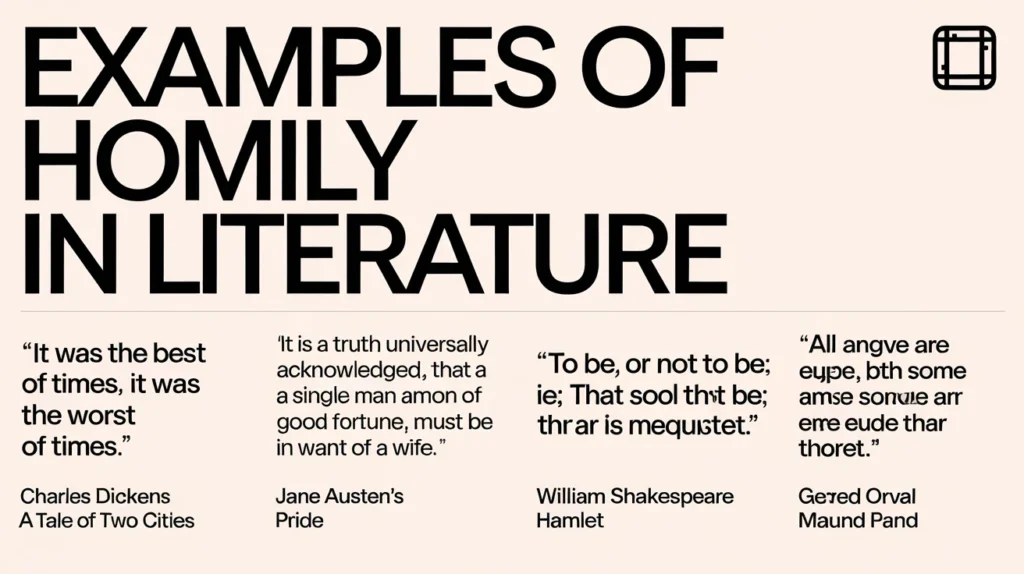Poetry isn’t just about rhyming words and pretty phrases. It’s an art form that plays with rhythm, structure, and meaning. One of the most powerful techniques poets use to shape their verses is enjambment. But what exactly is enjambment, and why does it matter?
Enjambment is a poetic device where a sentence or phrase continues beyond the end of a line without a pause. Instead of stopping at the line break, the thought flows seamlessly into the next line. This technique can create a sense of urgency, surprise, or fluidity, making a poem more engaging.
Many famous poets, including William Wordsworth, Walt Whitman, and Edgar Allan Poe, have used enjambment to enhance their work. Whether you’re a budding poet or simply someone who enjoys literature, understanding enjambment can help you appreciate poetry on a deeper level.
In this article, we’ll explore what enjambment is, how it’s used, and examples of enjambment in famous poems. We’ll also break down related literary terms and explain why this technique remains a favorite among poets. Let’s dive in!
What Is Enjambment in Poetry?
Definition of Enjambment
Enjambment comes from the French word enjambement, meaning “to step over.” In poetry, it occurs when a sentence or phrase doesn’t end at the line break but continues onto the next line. Unlike end-stopped lines, which finish a thought with punctuation, enjambment creates a flow that carries the reader forward.
Comparison: Enjambment vs. End-Stopped Lines
| Feature | Enjambment | End-Stopped Line |
| Definition | Sentence spills over to the next line | Sentence ends at the line break |
| Effect | Creates flow, suspense, and emphasis | Provides clarity and finality |
| Example | “I wander through the night, | |
| Beneath the silver moon” | “I walk through the night. | |
| The moon shines bright.” |
Effects of Enjambment in Poetry
- Creates rhythm and movement by avoiding abrupt pauses.
- Builds suspense as the reader is compelled to move to the next line.
- Adds deeper meaning, as breaking a line can highlight certain words or themes.
How to Use Enjambment in Poetry
1. Understanding Line Breaks
The way a poet breaks a line can completely change the meaning of a poem. Instead of ending a sentence at a natural pause, enjambment forces readers to move forward, often leading to unexpected twists.
2. Creating Suspense and Surprise
By withholding information until the next line, poets can control pacing and surprise the reader. Consider the difference between these two versions:
- Without enjambment:
“She walked through the door and saw a cat sleeping on the floor.” - With enjambment:
“She walked through the door and saw a knife glinting in the moonlight.”
The first version is predictable, while the second builds suspense.
3. Creating a Natural Flow
Enjambment allows poems to mimic natural speech. Instead of rigid, choppy lines, it creates a conversational and fluid tone. This technique is especially useful in free verse poetry.
4. Adding Depth to Meaning
When a poet breaks a line unexpectedly, it can emphasize a word or phrase in a way that wouldn’t happen in prose. This subtle shift can change the way a reader interprets a poem.
Famous Examples of Enjambment in Poetry
1. “I Wandered Lonely as a Cloud” – William Wordsworth
“I wandered lonely as a cloud That floats on high o’er vales and hills,”
- Analysis: Wordsworth’s use of enjambment creates a flowing, dreamlike quality that mimics the drifting movement of a cloud.
2. “Song of Myself” – Walt Whitman
“I celebrate myself, and sing myself, And what I assume you shall assume,”
- Analysis: Whitman’s free verse relies heavily on enjambment, making the poem feel open-ended and boundless.
3. “The Raven” – Edgar Allan Poe
“And the silken sad uncertain rustling of each purple curtain Thrilled me—filled me with fantastic terrors never felt before;”
- Analysis: Enjambment intensifies Poe’s dark, eerie atmosphere, pulling the reader into the suspenseful moment.
Why Poets Use Enjambment
| Reason | Effect |
| Creates fluidity | Makes poetry feel more natural and engaging |
| Builds suspense | Encourages readers to keep reading |
| Emphasizes words | Highlights key themes and phrases |
Related Literary Terms
1. Volta
- Definition: A shift in tone or thought within a poem, commonly seen in sonnets.
- Connection to Enjambment: Both techniques change the reader’s experience by altering pacing and expectation.
2. Dramatic Monologue
- Definition: A poem in which a single speaker addresses an implied audience.
- Connection to Enjambment: Enjambment makes monologues feel more natural and spontaneous.
Conclusion
Enjambment is more than just a poetic device; it’s a powerful tool that shapes rhythm, meaning, and reader experience. By allowing lines to flow into one another, poets create suspense, fluidity, and deeper layers of interpretation.
Next time you read a poem, look for enjambment and think about how it changes the way you experience the words. If you’re a writer, experiment with enjambment in your own poetry—see how it transforms the way your lines feel.
FAQs
1. What is enjambment in poetry?
Enjambment is when a sentence or phrase continues beyond a line break without a pause, creating a smooth, uninterrupted flow.
2. How does enjambment affect a poem?
It enhances rhythm, builds suspense, and adds layers of meaning by emphasizing certain words or ideas.
3. Can enjambment be used in free verse poetry?
Yes! Free verse often relies on enjambment to create a natural, conversational tone.
4. What’s the difference between enjambment and end-stopped lines?
End-stopped lines conclude a thought with punctuation, while enjambment carries the thought into the next line.
5. Which poets use enjambment?
Many famous poets, including William Wordsworth, Walt Whitman, and Pablo Neruda, have used enjambment to great effect.


